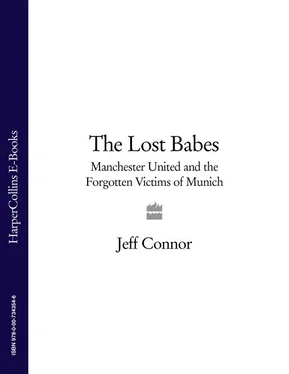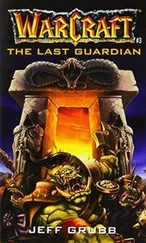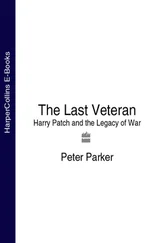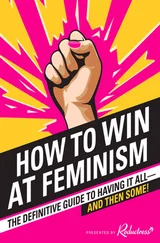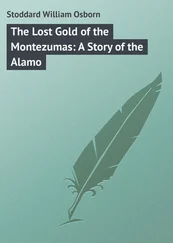Gibson and Crickmer, meanwhile, had been building bedrock for the club that would sustain it for many years to come. Impressed by the fact that talent such as Pearson’s could be found virtually on the doorstep, and for no outlay, they continued to evolve their pre-war brainchild, the Manchester United Junior Athletic Club, to develop youth football. The MUJAC became the forerunner of one of world football’s most productive and renowned nurseries.
There were other significant advances that served future managers. Despite debts of over £25,000, United splashed out again by agreeing a tenancy at the Old Broughton Rangers rugby ground close to Manchester racecourse in Higher Broughton, a ground that was later re-christened The Cliff and became the club’s famous training headquarters for the next five decades. Fans, too, benefited from Gibson’s diligence and far-sightedness as the chairman lobbied the local Stretford MP to have trains stop on match days at the tiny Old Trafford halt on the London Midland line out of Central Station, and had steps built up from the platform to the ground itself.
Gibson, a man who perhaps deserves a more fitting memorial than the small plaque on the railway bridge above the Old Trafford station, was a shrewd operator. The last year of the war was spent trying to persuade the Government to grant the club finance to redevelop and rebuild the ground after the bombing of 1941 and a licence was finally granted in November 1944. Gibson, who had a number of friends in high places, also managed to spark a debate at the highest level, with a motion put forward in the House of Commons that clubs affected by the war should be granted financial support. Ten clubs, including United, were in need of rebuilding work because of war damage, but it wasn’t until three years after Busby’s arrival that the club was granted £17,478 to rebuild the ground. The new manager, working in the main from offices in the cold storage plant owned by the chairman at Cornbrook, two miles north of the ground close to Chester Road, could now concentrate on another kind of rebuilding.
When Busby, and his volatile assistant Jimmy Murphy, arrived at Manchester United the club was a microcosm of the city, and Britain as a whole: insolvent, derelict and with a workforce whose best years had been lost to war. The Old Trafford dressing rooms were in a shabby Nissen hut where the south stand once stood and the ground’s training area a patch of hard-packed shale behind the Stretford End. Grass grew on the terraces, there were no floodlights and for the next four years home games had to be played at Maine Road, the ground of Manchester City. In those desperate, derelict days this was not the heresy it may seem now as Busby had played for United’s cross-town rivals and many of his players had grown up in City-supporting families on the blue side of Manchester. Nor was it an act of charity, City struck a hard bargain, demanding ten per cent of the gate receipts in an agreement signed in June 1941.
The players who came back from the war, arriving in most cases straight from demob, had lost six years of their careers and their footballing skills were in a similar state of decay to their home ground’s redundant stands.
Centre-half Allenby Chilton was a case in point. The raw-boned ex-miner had been bought, from Seaham Colliery in Co Durham, as a twenty year old in 1938 and made his debut against Charlton Athletic on 2 September the following year. A day later war was declared. Within a month Chilton had enlisted in the Durham Light Infantry where he served with distinction, twice being wounded in the fighting in France after the Normandy landings. When he arrived back at Old Trafford, he was close to thirty and his best days were over.
The other players Busby was to consider the nucleus of his side—captain Johnny Carey, Pearson, Rowley, Charlie Mitten and Johnny Morris—were all in their mid-to-late-twenties, too, and their service to Old Trafford in the future also had to be looked on as short term. Fortunately for United, every other football club in the country, and every other player, was in a similar state of disrepair. Many post-war careers were to be prolonged by dint of performing on a level playing field.
The post-war team inherited by Busby was reassuringly ordinary; the players were celebrities, but celebrities with the common touch. Many of them were married, lived in terraced houses close to the ground and few had cars. Gunner Rowley was one of the first on four wheels, buying a four-cylinder, six-seater, Flying Standard—top speed seventy miles an hour—for £300. The wing-halfs John Aston and Henry Cockburn bought a car between them. Chilton and Carey, the captain, travelled by public transport. Carey, like Roger Byrne later, was Busby’s on-field alter ego, a figure of quiet authority respected by management and team-mates alike. Strictly Catholic and teetotal, and an astute, moral individual, his obvious leadership qualities led Busby to appoint him captain at a time when some still had reservations about his playing ability. The Dubliner, who had signed for £200 from one of the city’s nursery clubs, St James’s Gate, in November 1936, was Busby’s original all-purpose player. The manager was to become noted for his willingness to try established players in different positions, using the precedents set in his own playing days. Both he and Murphy had resurrected floundering playing careers when switched from their original inside-forward positions, where invariably they had to play with back to ball, to wing-half, where the whole playing field lay in front. Carey was to perform in ten positions for United—including a game in goal—but it was as a calm, assured right-back that he was to make his name. So composed was the United captain that it was said he never got his shorts dirty. Of numerous other beneficiaries of Busby’s willingness to experiment, Chilton had been a wing-half originally, full-back John Aston an inside-forward. Bill Foulkes was a full-back before moving to the centre of defence and Byrne moved from the wing to full-back. Alongside Busby, Chelsea’s former head tinkerer Claudio Ranieri appears a model of selectoral consistency.
Carey lived close by Longford Park, bordered by King’s Road and Wilbraham Road a mile-and-a-half south of the ground, and an area that was soon a sort of mid-market ghetto for United players and management. The Irishman burned peat in the fireplace of his home at 13 Sark Road, and many of the groundstaff boys at that time can recall earning a few extra shillings for cleaning out the captain’s grate, a task, using only a wire brush, which matched the restoration of the Augean stables and which would sometimes take two or three days.
He travelled to work by bus, the other passengers soon becoming immune to the patrician-like figure seated on the top deck puffing away at his pipe. Sightings of Carey and pipe on a bus became commonplace in Manchester and at one time the number of United fans who claimed to have travelled to work with the club captain equated to the several million allegedly at the Eintracht Frankfurt v Real Madrid match at Hampden Park, Glasgow, in 1960, Jim Laker’s nineteen-wicket Test at Old Trafford cricket ground in 1956 and England’s Wembley World Cup win ten years later.
As a neutral, Carey could have sat out the war when hostilities broke out in 1939 but instead enlisted with the Queen’s Royal Hussars, joining several thousand of his countrymen like the rebel-rousing, folk-singing Clancy brothers, Paddy and Tom, in the fight against a greater enemy. Carey always argued that ‘a country that pays me my living is certainly worth fighting for’.
Carey ruled by democracy, leading by example on the field and, off it, prepared to let others have their say. He was well aware that that first great United side contained enough leaders and characters in their own right, notably the gifted England wing Charlie Mitten, Rowley and, in particular, Chilton. Contributions from the captain were often superfluous.
Читать дальше
